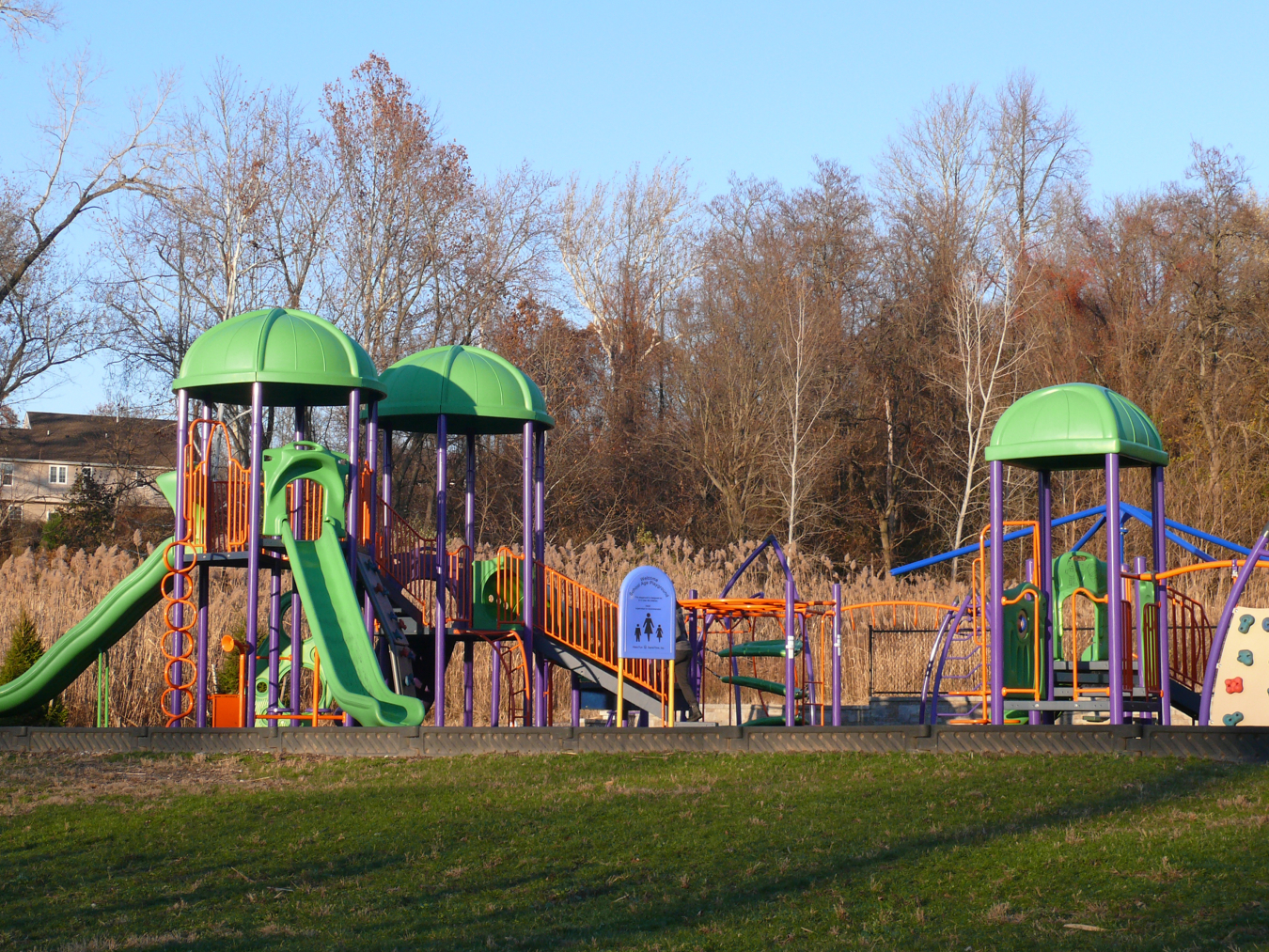LM works with communities to reimagine the future of former contaminated sites.
May 25, 2021On a sunny day in Grand Junction, Colorado, children ride the waves at Las Colonias, a newly opened river park close to a former uranium processing site. Las Colonias, which also features trails and an amphitheater, is an example of beneficial reuse that the U.S. Department of Energy (DOE) Office of Legacy Management (LM) supports as part of its mission.
“At LM, the term ‘reuse’ means more than just reusing land – it means revitalizing it,” said Joyce Chavez, the LM Reuse Asset manager. Chavez joined LM in 2016 after years in the private and public sectors working with various environmental programs and sustainability projects.
“I enjoy being able to collaborate with community members and other stakeholders to truly reimagine a site from environmental, social, and economic perspectives,” Chavez said. “We assess LM sites constantly, looking for ways former sites can be utilized – whether that’s through government, public, or private use.”

Las Colonias offers visitors a variety of outdoor sights and experiences.
Las Colonias is considered a true highlight for the city of Grand Junction. LM worked with the city and private businesses to redevelop the area post-closure. Grand Junction Public Works Manager Trent Prall credits LM for helping lead the way with a collaborative approach to engaging with stakeholders.
“Bring them in early and they’re your partner; bring them in late and they’re your judge,” Prall said at a panel convened by LM at the Long-term Stewardship Conference in 2018, referring to the benefits of early engagement of local stakeholders.
Chavez has led the LM Beneficial Reuse program since 2016 and redesigned the program to determine land management and facility reuse options on former nuclear sites. Upon arrival, she conducted an analysis and looked at things holistically to form a more focused framework.
“I’ve always had a vested interest in environmental systems and figuring out how we can connect pieces and create solutions that are a win-win for all stakeholders,” Chavez said.
That modular approach is shaped by applying lessons from the past. LM’s Fernald Preserve, Ohio, Site is one example of such a historical connection. While Fernald’s revitalization efforts predate Chavez’s arrival at LM, it is one of the success stories from which she draws when evaluating a site’s potential.
“Many times, restoring sites to their native states can be a gateway to many other types of reuse, such as greenbelts or recreational and agricultural uses,” Chavez said.
LM's Fernald Preserve, Ohio, Site offers visitors seven miles of trails and provides beneficial habitat for hundreds of species of birds.
The Fernald Preserve today is almost unrecognizable to history buffs. Previously, it housed a uranium metals production plant during the height of the Cold War, but today the site encompasses one of the largest restored wetlands in Ohio. More than 250 species of birds have been observed utilizing the ecologically restored habitats, often from the seven-mile network of trails open to the public. LM still oversees the ongoing groundwater cleanup and monitoring of ecological restoration.
Before the physical process of repurposing a site can begin, the beneficial reuse team studies environmental and socioeconomic factors to make the best recommendation for a site’s post-closure uses. Once the process of identifying site boundaries, determining regulatory limitations, assessing site characteristics, gauging community interest, and estimating cost is complete, a reuse plan takes shape. The 47 LM sites available for reuse are diverse in nature, and so is their potential for reuse. From playgrounds to educational centers and nature preserves, sites are repurposed to support the needs and priorities of the local community.
That’s how a site in New Jersey that spent years on the National Priorities List (NPL), a designation given to sites contaminated by hazardous substances and pollutants that warrant further investigation by the U.S. Environmental Protection Agency, became a public playground and dog park.
“Creating opportunities for the community where they may not see a clear path, and then watching those goals and dreams come true – that's the most rewarding part of our work in beneficial reuse,” said Darina Castillo, site manager of LM’s Wayne, New Jersey, Site.
Following years of meticulous remediation, DOE was able to transfer the property to Wayne Township through the National Park Service Land to Parks Program in 2006, and the site was taken off the NPL in 2012. Castillo said the site’s removal from the NPL was significant but that doing so while balancing the priorities of different stakeholders made the result even more gratifying.
“Not only are the land conditions protective of human health and the environment, but they sustainably support community needs and add value to the area,” Castillo said. “Seeing the end result of beneficial reuse initiatives is always exciting, and in Wayne especially so.”
Chavez agrees convening different stakeholders to decide the fate of a site requires patience, flexibility, and listening.
“The key is working with the community and keeping open communication with them,” Chavez said. “We look at their development plans and try to see if there’s a solution that would foster what they want to do. Sometimes our recommendations get a ‘no’ – but we keep listening and go from there.”

Through the Beneficial Reuse program, LM's Wayne, New Jersey, Site was transformed into a playground.

